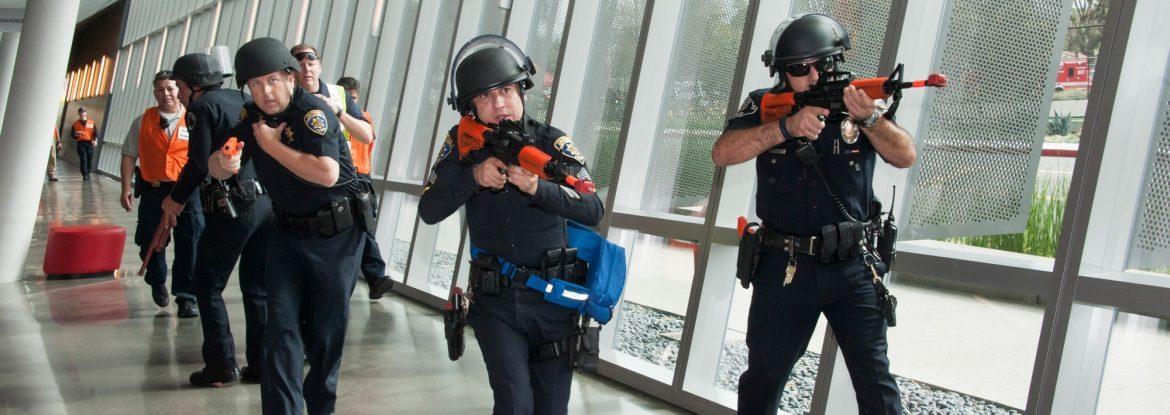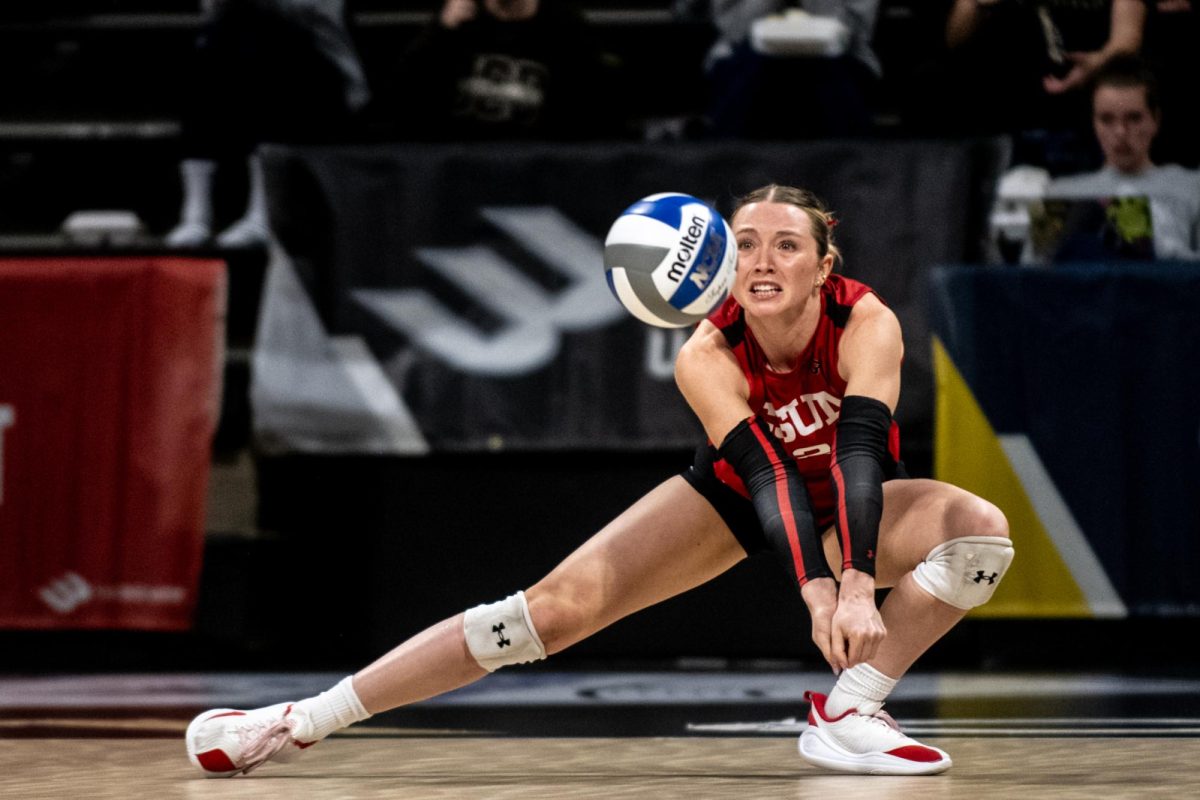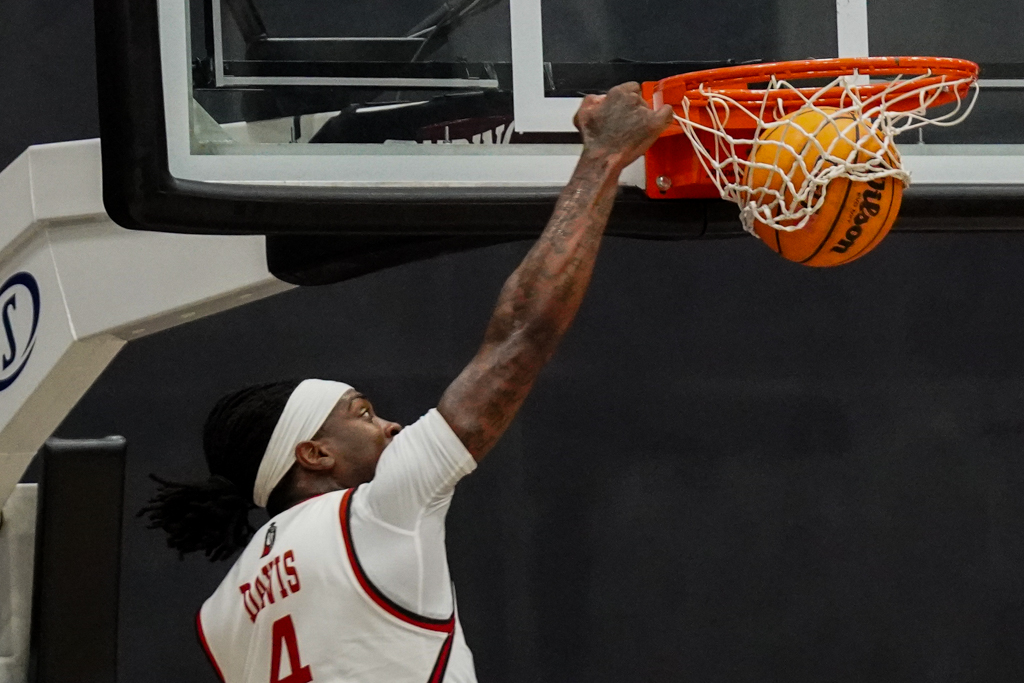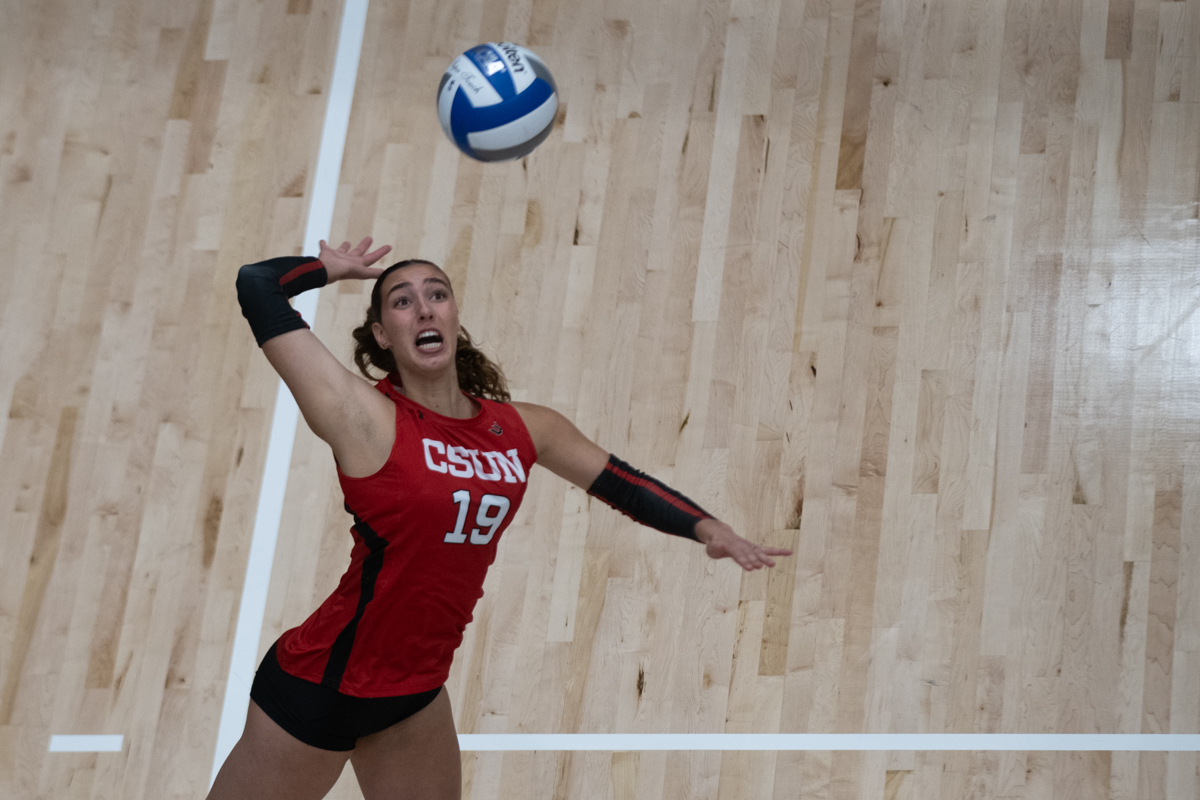Advocacy for active shooter preparedness has spread around campus this semester which has raised student consciousness toward the skills needed to safely battle an active shooter.
Following the video “Active Shooter and the Survival Mindset” created by CSUN Department of Police Services and the Cinema and Television Arts department (CTVA) back in September, tips for active shooter preparedness have continued to spread around campus in forms of flyers, posters, and even coffee sleeves.
“Honestly, it’s kind of scary and I don’t know if I can be prepared for that kind of level of stuff,” said junior student Luis Jaimes.
The video can be found on the CSUN website and professors were encouraged to screen it during class, but not all students have seen it.
The strategies, “Get out. Hideout. Help out. Fight.,” are wrapped around Freudian Sip coffee sleeves, allowing campus-goers such as Jaimes become familiarized with the strategies even though they have not seen the video.
According to a CNN article, businesses and schools are the highest targeted places for active shooter incidents.
Last summer, a murder-suicide shooting in UCLA left one professor and one student dead. The campus of nearly 40,000 occupants put on lockdown as a result.
Director of the Office of Emergency Management at UCLA, Art Kirkland, explained through an email that training for active-shooter preparedness is encouraged but not required. Incoming students, however, will be required to attend a training during orientation this summer.
While most of the training at UCLA is done in person, Kirkland emphasized that an online version is in the works.
In 2014, there was a shooting in Santa Barbara that left seven people dead and 13 injured, including the shooter who committed suicide shortly after. An L.A. Times article revealed that the shooter had purchased all his weapons legally and had collected them for over a year.
Students Mariah Echeverria and Kassandra Salas believe there should be higher gun restrictions in regards to purchasing weapons.
“I don’t think we should totally ban guns,” Salas said. “But there should be more restrictions on who can get a gun.”
Salas also suggested enforcing more rigorous background checks. She said mental instability or bad histories are often overlooked.
“It’s easy for a person to get a gun, and you don’t want someone to have it in wrong hands,” Echeverria said.
President-elect Donald Trump, has spoken about some changes that he would like to see made within gun policies.
A video of Trump at a campaign rally last January captured him saying, “I will get rid of gun-free zones on schools, and – you have to – and on military bases. My first day, it gets signed, okay? My first day. There’s no more gun-free zones.”
It is unclear whether Trump’s statement carries much potential, but after his presidential victory, it is crucial to Americans that his words be taken seriously.
“Living in California, I’ve never seen a person carry a gun in my life,” Jaimes said. “I know that’s very different in other states, but I would be uncomfortable seeing a gun around a school. I could understand consciousness, but it might be exaggerated at times with how lethal of a weapon you can carry around such large crowds.”
*Correction: The video can be found on the CSUN Police department’s webpage.

















